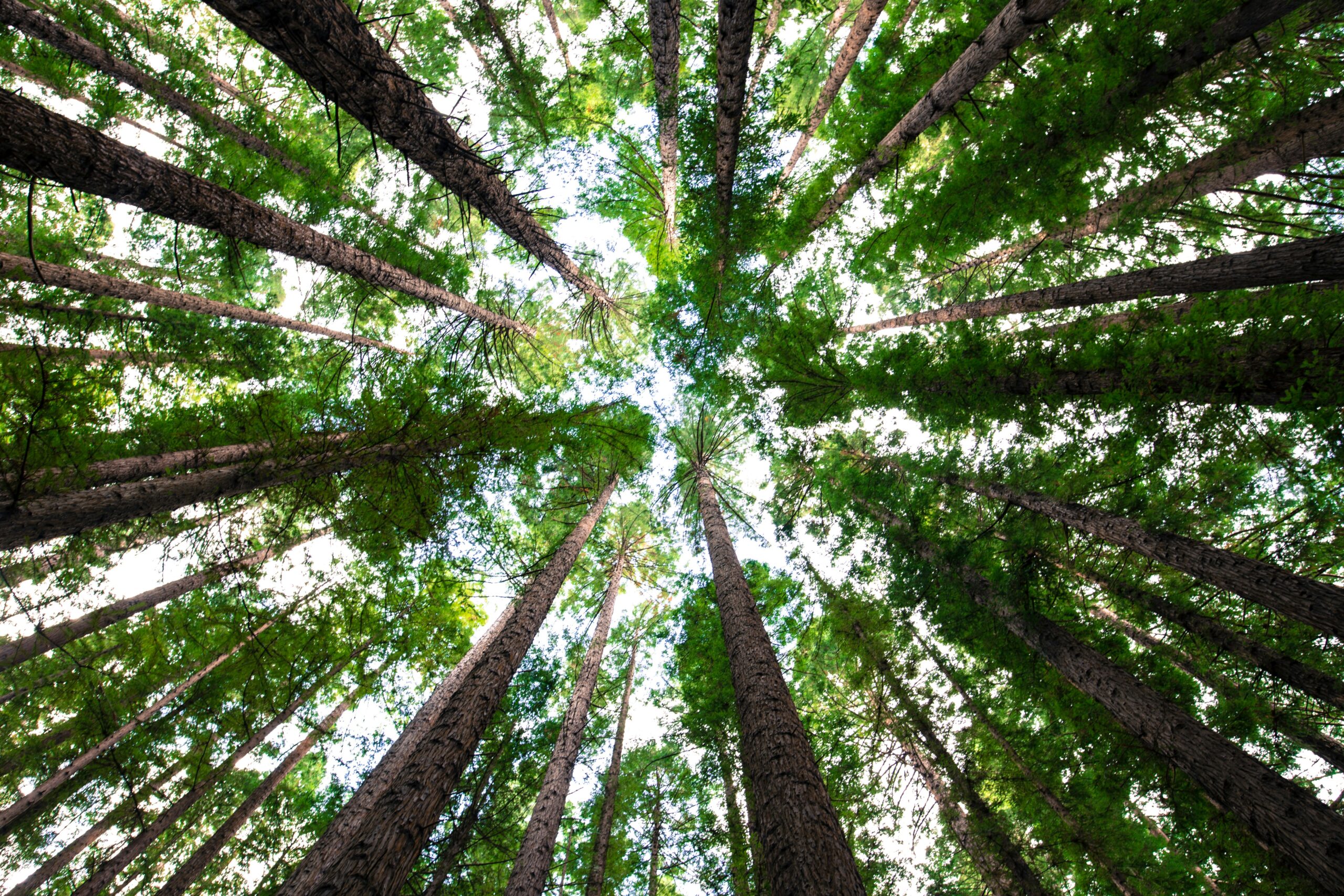For as long as I can remember I have loved trees. So much so that, like many dendrophiles – lovers of trees – I find the thought of cutting any trees down tantamount to murder. I witness many a murder in the area I live in. Here there is an incessant desire for laying ugly grey concrete and new white boxes, at the cost of anything green.
In stark contrast, I avidly defend a monstrously tall, gangly eucalyptus in my garden which, at the next puff of wind, could fall and hurt someone, and have happily planted 30 Olive trees to offset my carbon footprint countering my flights to Istanbul and London.
So, it is a big surprise to now hear, and read, that my plans to fill my garden with olive trees could be misguided.
Today’s thinking is that the greater variety of the trees there are in any location, the greater the ability for the environment to recover and capture carbon. So, what trees should I add? How many? Where?
The answer to my questions are in Restor.
Restor is the brain child of Thomas Crowther, a 37 years old Welshman who went from Cardiff University on to Yale. It was at Yale that his research identified, for the first time, that the world holds 3.09 trillion trees and 79,000 tree varieties. He added, controversially, at the time, that if we could plant 1 trillion trees the climate problem could be ‘sorted’.
He confessses that these earlier comments were misleading. Further research has showed that the greatest success comes from planting a diversity of species in any one location. We know now that growing a monoculture of millions of oil palm trees across the world has accelerated the climate issue, not solved it. The right type of trees for the right location is critical and local communities need to benefit if mass tree planting projects are to be sustainable. Tree planting is only one, ‘tool in the arsenal’ if we are to, ‘lick’ the negative effects of climate change.
There is a great story in Restor of an organic coffee grower in Kenya, who, after continuously poor harvests with standard growing conditions, decided to plant coffee plants in varying ‘pockets’ in the middle of the forest. The result was greater yields from less plants and with little management or intervention. The forest, and its soil, providing all the nutrients, water and protection the plants needed to thrive.
On a sadder note, I heard Bill Gates, this week, predict that we will miss the target of less than 2 degrees additional warming. When Bill speaks you tend to listen, but I am still hopeful. I think that, in the end, science and business will find the solution to carbon capture and will make millions (of dollars or yuan) from it. Will this be some sort of huge carbon suction machine? In the meantime, I believe individuals can make a difference by planting trees, but the right trees
What I love about Restor is that, through local growing information, you now know what to plant in your own area. With over 70,000 projects worldwide you feel the power of collective action, backed with real science and, critically, the projects success is measurable. If you press ‘timelapse’ on the aerial photos you can see how the land has changed since the first images were taken in 2012.
Maybe the changes we see now are are small, but in 20 years’ the difference could amaze us…

photos: arnaud-meureur-unsplash ; studio dekorasyon-

Comments
One response to “I’m a dendrophile”
The latest research also shows that a third of carbon capture of fossil fuel emissions is done by fungi. Also, cross specie trees help each other rather than only share nutrients among their own species. Their diversity offers different exchange benefits. That’s why single specie plantations don’t work as well and come down with blights more often for example. Over simplified answer, but fun all the same. Ooo you would love The Life of Hidden Trees by Wohlleben! Oldu but goody!